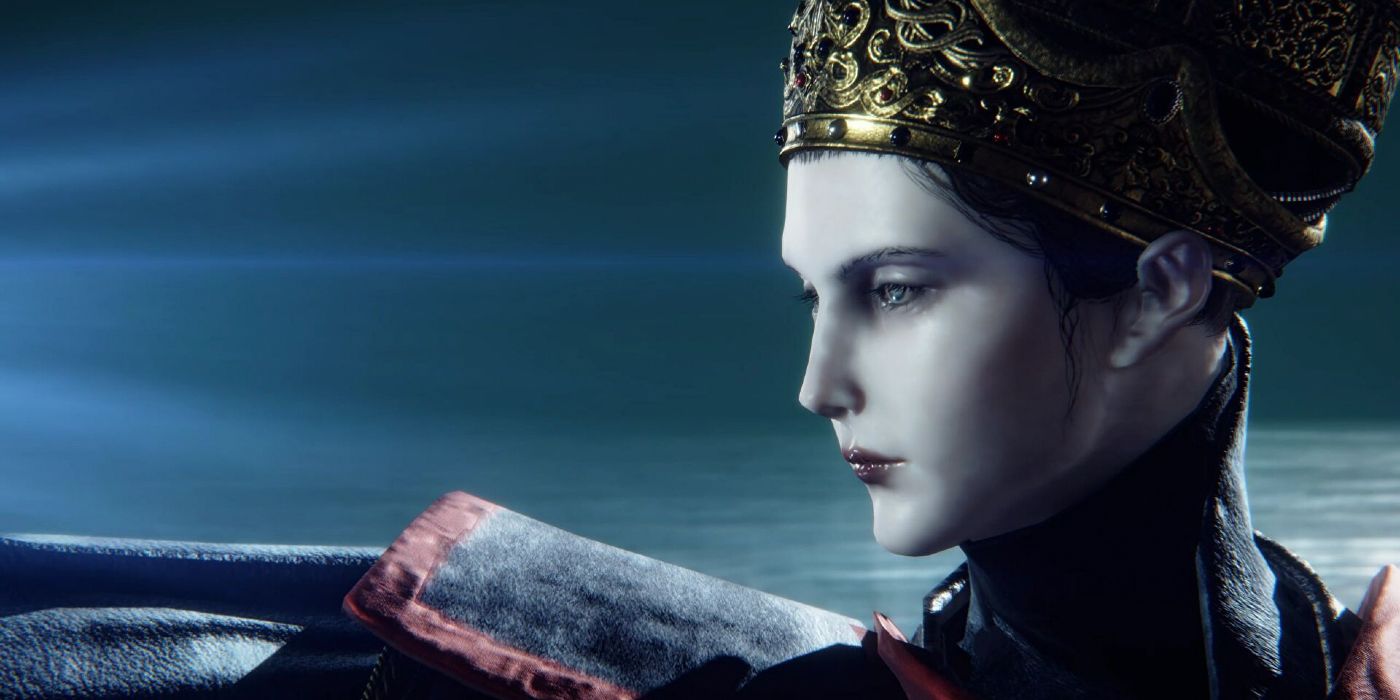
The sorceries of Elden Ring‘s magic system are vast and varied. There are many schools of thought when it comes to Intelligence-based wizardry in the Lands Between, with some finding power in the moon while others find it in the stars. Consequently, there are long histories and traditions surrounding the different sorceries that explain where they come from and how they function.
Elden Ring‘s magic system is divided into two main camps: Incantations and Sorceries. While the former is dedicated to the Outer Gods, the latter gains its power from the indifferent celestial bodies of the night sky. The astrologers were consequently the first practitioners of sorcery in Elden Ring, as they are very familiar with the movements of the stars.
Over time, sorcery-users began to vary in which celestial bodies they found power in and to what ends they wished to use their magic. This then led to the many schools of Intelligence-based magic types seen in Elden Ring. Though the game itself spends little time explaining how these sorceries came to be, item descriptions can uncover their past. Following is a list of the different sorceries of Elden Ring that explains where they are placed within the game’s lore.
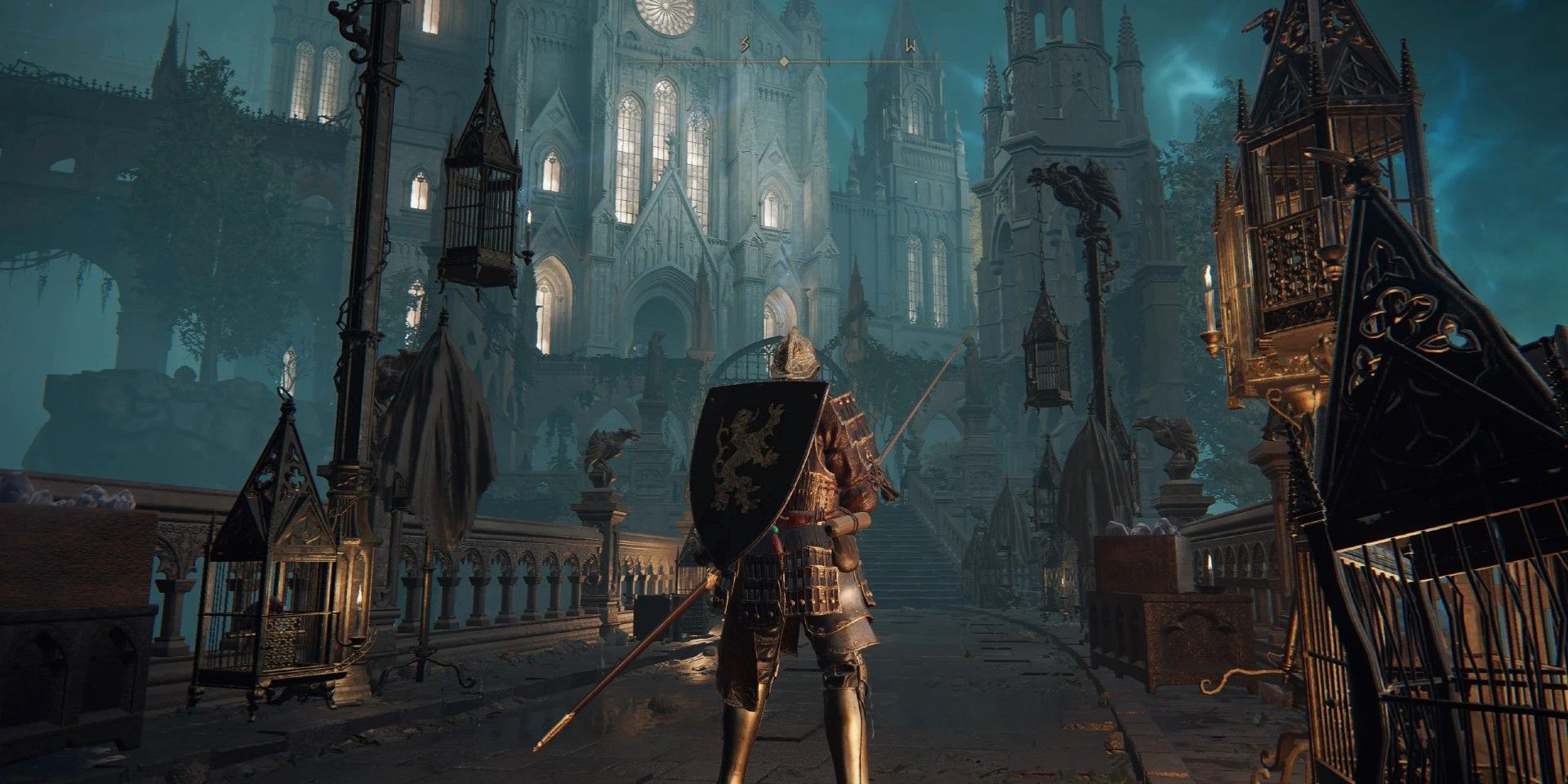
Glintstone and Full Moon sorceries make up the bulk of Elden Ring‘s Intelligence build-based magic. This is the result of an internal conflict between the Academy of Raya Lucaria and the Carian Household, led by Queen Rennala. The history of Raya Lucaria is based in Glintstone magic, which derives its power from the stars. However, Rennala treasured the Full Moon and its powers even as the head of the Academy. Thus started a conflict between Raya Lucaria and the Carian Household, which appears to have ended in Rennala’s favor considering her position as headmaster.
Regardless, Glinstone and Full Moon sorceries appear to not be completely incompatible – they only find their source of power in different entities. Glintstone appears to be stone lodged in the earth of Elden Ring‘s Lands Between that contains power from the stars. In other words, they are akin to meteorites or star dust that crashed into the Lands Between.
Elden Ring‘s Full Moon sorceries alternatively come from different moons. Whether these moons are literally different entities or if they are different phases of the same moon is not clear. Nevertheless, the Carian Household and Ranni became bewitched by these moons and now use them as the source of their sorceries.
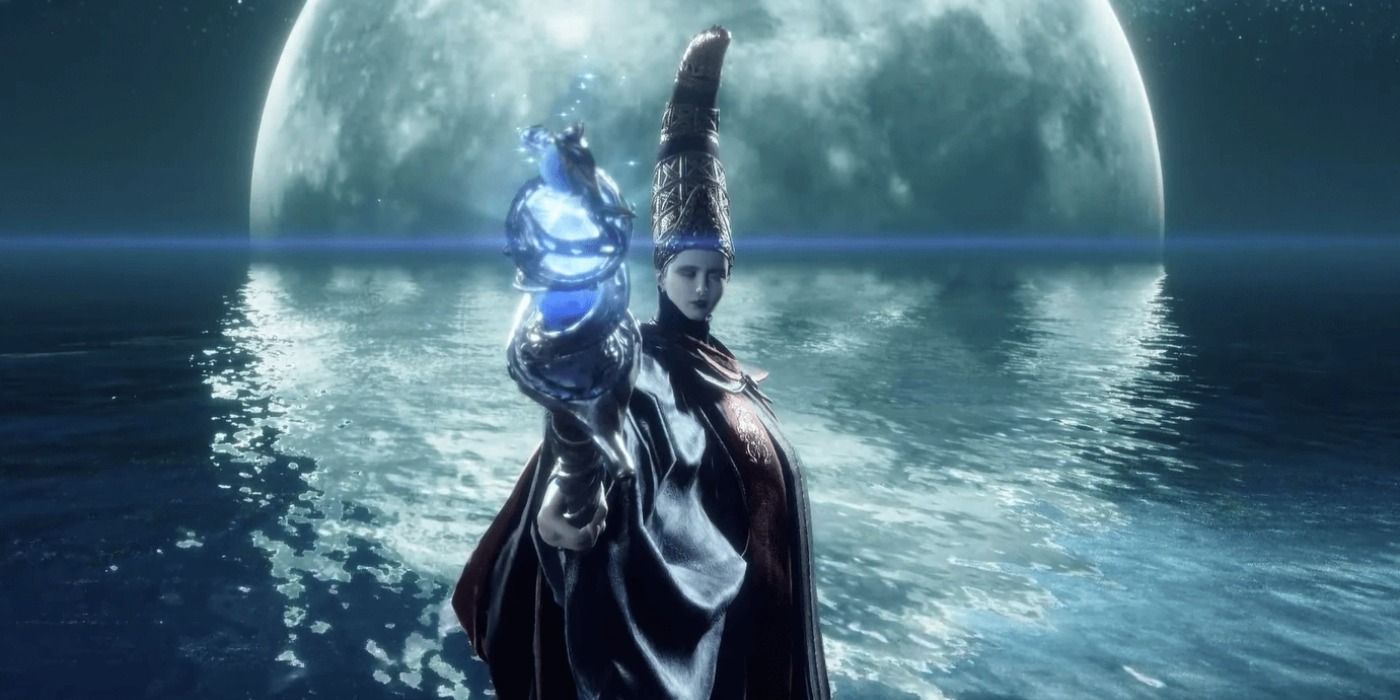
There are two known moons when it comes to Full Moon sorceries in Elden Ring, and the first one is Rennala’s Full Moon. Her Legendary spell’s description explains that she discovered this moon as a young child and has since used it as head of Raya Lucaria. Rennala’s Full Moon spell shields those who cast it from sorceries while weakening those who are struck by it, suggesting the Full Moon is in some way dominant over Glinstone sorceries.
Given that the Carian Household was led by Elden Ring‘s Rennala, Queen of the Full Moon, its sorceries likely derive their power from the Full Moon. Many of these spells were specially designed for combat with the Academy of Raya Lucaria during the Glinstone-Full Moon debacle, hence them being modeled after weapons. Loretta, as the former head knight of the Carian Household, has her own unique spells modeled after bows related to the Carian sorceries.
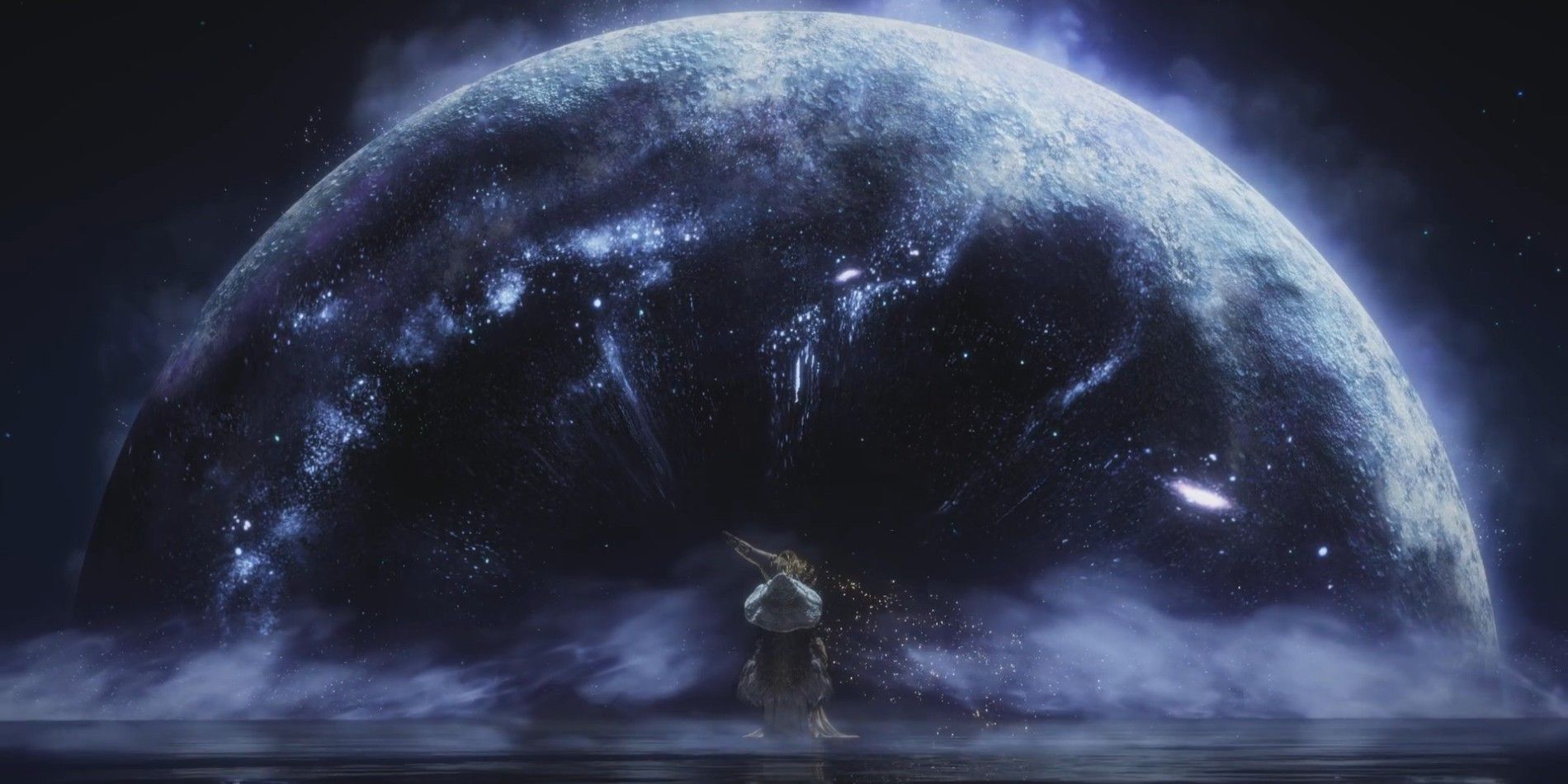
The second of Elden Ring‘s Full Moons is Ranni’s Dark Moon. In her Legendary sorcery’s description, Ranni discovered this moon alongside her mother Rennala at a young age. Different from Rennala’s charming Full Moon, it is said that Ranni found in her Dark Moon something “cold, dark, and veiled in occult mystery.”
This occult mystery is related to the Nox people of the Eternal Cities, who used Night sorceries. This is because in Elden Ring the Moon of Nokstella that was cherished by the Nox is likely the same moon Ranni discovered as a child, as this would explain hers and Radahn’s interest in the Nox. According to the Moon of Nokstella’s description, the Dark Moon guided the stars and attracted them toward it. This suggests that the Full Moons in some way hold power over the Glintstone sorceries.
Closely related to the Ranni’s Full Moon and Night sorceries are the Claymen and Cold sorceries. The Claymen are ancient people who may have existed in and near the Eternal Cities before the Nox. Their sorceries are related to prophecies that may or may not relate to the Dark Moon. On the other hand, Cold sorceries originate from the Zamor people from the Mountaintops of the Giants, but they were honed by Ranni’s teacher, Elden Ring‘s Snow Witch Renna. Though Cold Sorceries can make use of Glinstones, their relation to the cold in Ranni’s Dark Moon align them with Full Moon sorceries.
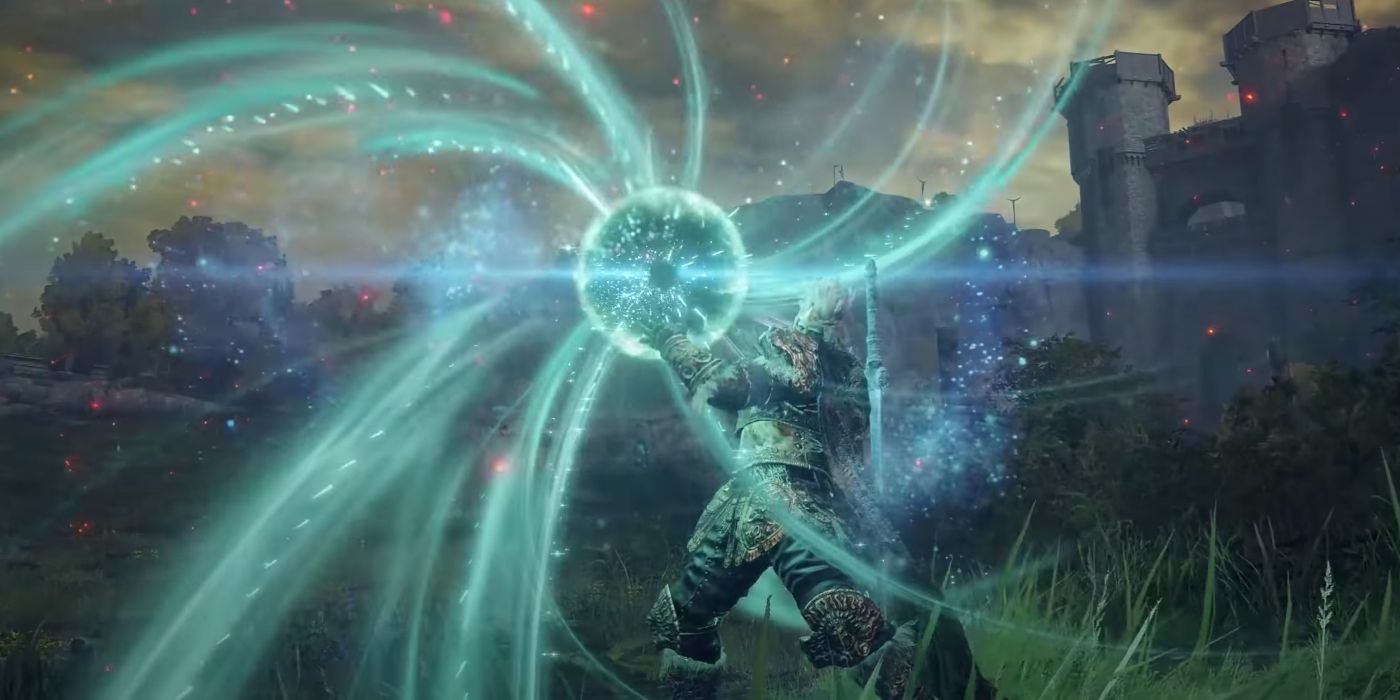
Glintstone sorceries are more prevalent in Elden Ring namely because there are more stars than there are moons. Indeed, some of these sorceries find their source in the very first stars in the Elden Ring universe. Such sorceries are known as Primeval Sorceries. They hold some controversy among magic-users, however, as both former Raya Lucaria grand masters and Primeval sorcerers Lusat and Azur were banished from the Academy for use of the Primeval Current.
Though Crystalian-related magic is not explicitly connected to Primeval Magic, they may be connected. The Crystalians of Elden Ring are beings made of crystal who were designed by a mysterious, non-human deity. This deity may be an Outer God who spawned with the Primeval Current long ago. Regardless of if this is the case, the Crystalian sorceries strike opponents with the same material the Crystalians are made out of.
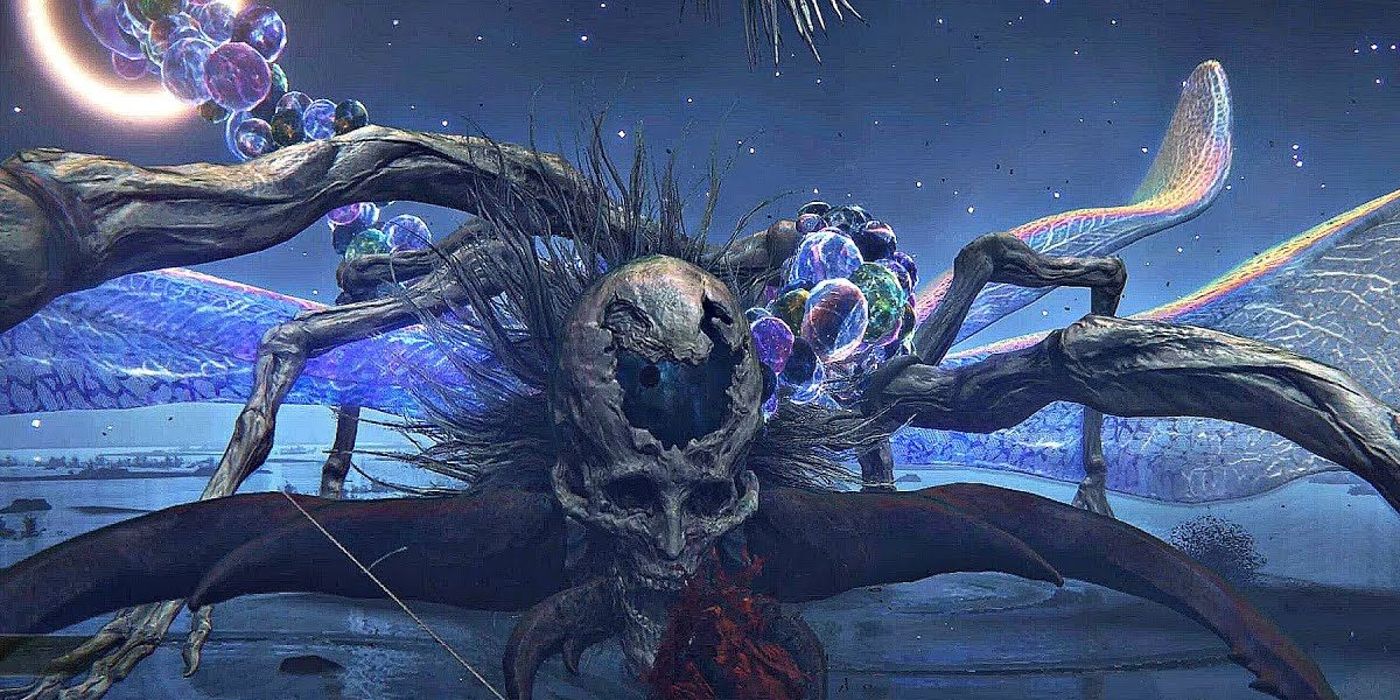
Of the Glinstone-related sorceries, Gravity magic is one of the most unique. Rather than find its power in glintstones that crashed into the Lands Between long ago, Gravity sorceries come from the living Alabaster and Onyx Lords who landed in Elden Ring from space. Radahn, who is the only demigod to use Gravity magic, is said to have learned directly from an Alabaster Lord.
But other extraterrestrial beings also know Gravity magic. Most notably, Elden Ring boss Astel, Naturalborn of the Void, has its own Legendary Gravity sorcery. Considering that Astel was born from what is akin to a black hole, the source of power in Gravity magic likely comes from this void.
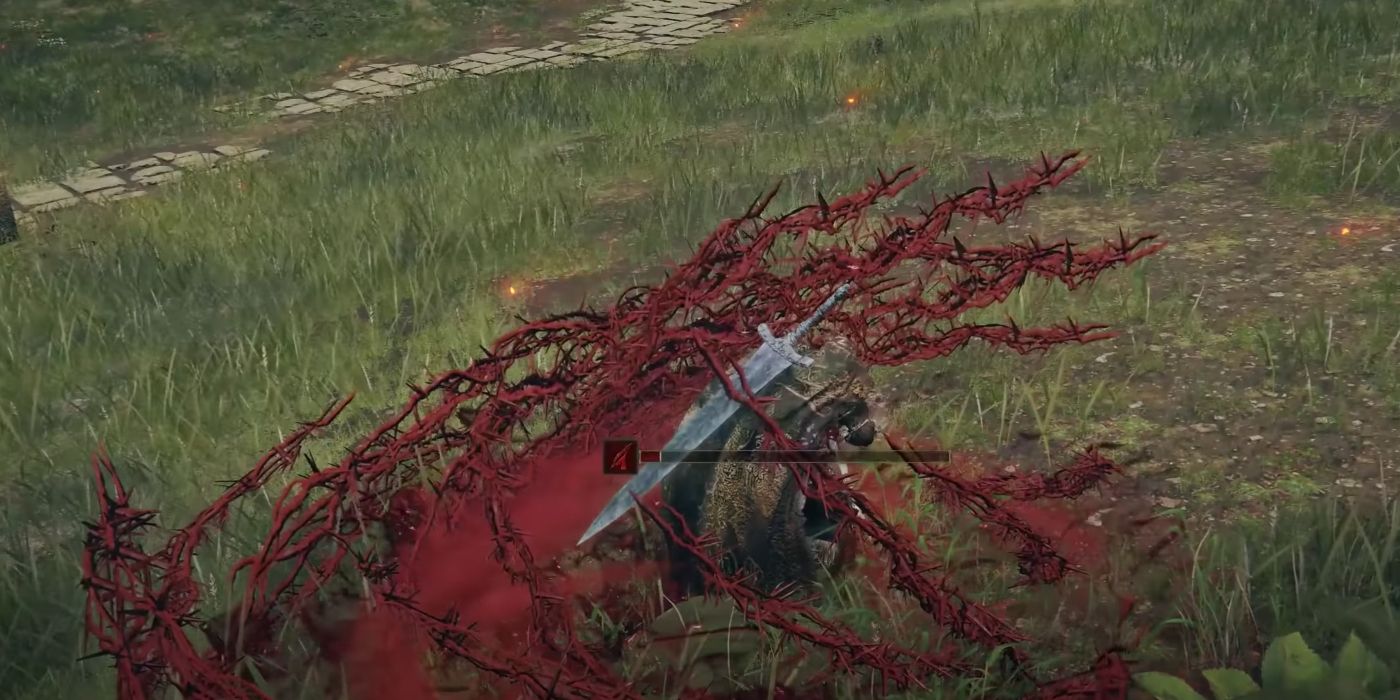
The rest of the sorceries in Elden Ring have histories unrelated to the other schools of magic. Consequently, they feel less related and miscellaneous in comparison to the other sorceries. Nevertheless, they hold a unique place in Elden Ring lore because of their specificity.
The Aberrant sorceries are one of these unique schools of magic. The Aberrant sorcerers were criminals banished to the Mountaintops of the Giants long ago, where they found their “blood star,” according to the Briars of Punishment Spell. This Blood Star gains power through blood sacrifices according to Mad Tongue Alberich’s clothing in Elden Ring, which explains why the Glintstones on his suit and the Aberrant sorcerers are red.
Similarly, the Magma sorceries come from a specific place and community: Mount Gelmir. Long ago, sorcerers were able to use the magma of Mount Gelmir for sorceries. Rykard rediscovered this magic when he either moved into or established Volcano Manor. This is part of the reason why he let the serpent devour his flesh, as some of the Magma sorceries specifically state that only a serpent could cast them.
Finally, Death sorceries fall into a unique category in Elden Ring lore. Namely, Death magic has both incantations and sorceries. In either case, Death-related sorceries are derived from what is known as the Ghostflame, which existed prior to even the Erdtree. The Ghostflame was tended by Death-Rite Birds, who still yield to the Ghostflame to this day alongside fellow servants of Death.
Go to Source
Author: Fletcher Varnson